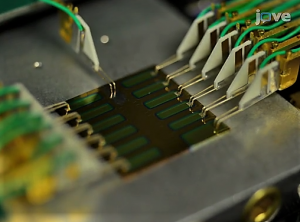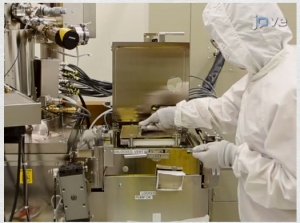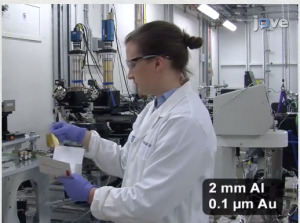The fields of engineering and physics comprise of diverse techniques that range in their scale of application from nano to macro. The advent of video publishing as a new platform for publication in the physical sciences increases the feasibility of capturing these multi-scale techniques on video.
Research techniques in engineering and physics often require a combination of specialties and interdisciplinary research in physics, mathematics, materials sciences, mechanical, electrical, and chemical engineering. The scales of current research techniques utilized and developed in these fields range from a few nanometers (10-9 m, 1/80,000 of a human hair) to tens of kilometers. Video publishing makes it feasible to visualize multi-scale techniques in engineering and physics. As the Engineering Editor at JoVE Video Journal, I have highlighted three JoVE Video Articles that showcase why video should be the de facto communications platform to showcase the intricate steps often required to successfully replicate these types of experiments.
Atomic Layer Deposition
In nanotechnology, Atomic Layer Deposition is a widely-used technique that can fabricate ultra-thin films (of a few nanometers) in a precise and controlled way. This JoVE Video Article from researchers at MIT and Harvard University shows how to utilize the atomic layer deposition technique to fabricate solar cell devices with thickness in nanometers.

Lithography techniques in a clean room
A clean room is typically used in manufacturing, such as in aerospace semiconductor engineering applications. It also has a controlled level of contamination that is specified by the number of particles per cubic meter at a specified particle size. This JoVE Video Article by researchers from Stanford University shows how to utilize lithography techniques in order to achieve super-resolution nanoparticle manipulation and transport.

Imaging via Synchrotron light
Synchrotron light has a huge range of applications in fundamental research pertaining to areas as diverse as condensed matter physics, chemistry, biology, environmental studies and pharmaceutical research. The synchrotron is a large-scale facility, and the largest synchrotron type accelerator in the world is the Large Hadron Collider (LHC). The LHC is located near Geneva, Switzerland and has a massive 27-kilometre circumference. This recent JoVE Video Article by researchers from Imperial College London, Carl Zeiss X-Ray Microscopy, and Diamond Lightsource shows how to utilize the synchrotron to dynamically image dissolution of limestone.

These examples provide an insight into how video publishing helps capture the nuances of multi-scale techniques in engineering and physics. Video provides a clear communication channel between experts in various areas of science and technology and a broader worldwide audience.



